A well-structured feeding regimen is the cornerstone of a thriving garden. Enter the house and garden feed chart—a meticulously designed plan that provides plants with the essential nutrients they need at every stage of growth. In this comprehensive guide, we’ll delve deep into the world of house and garden feed charts, understand their significance, and master the art of nutrient application. Let’s embark on this journey towards a lusher, more vibrant garden.
Understanding House and Garden feed charts
A house and garden feed chart is like a carefully made schedule that tells you exactly what nutrients and care your plants need at different stages of their growth. It’s like a roadmap to help your plants go from tiny seedlings to strong and healthy green plants.
Plants need different kinds of nutrients to grow well. The main ones are nitrogen (N), phosphorus (P), and potassium (K). There are also other important nutrients like calcium (Ca), magnesium (Mg), and sulfur (S). And even smaller amounts of nutrients like iron (Fe), manganese (Mn), and zinc (Zn) are really important for keeping plants healthy.
Why a House and Garden Feed Chart Matters
A house and garden feed chart is a very important tool in gardening, especially for methods like hydroponics. It’s like a schedule that tells you when and how much food your plants need to grow their best. Here are some reasons why a house and garden feed chart is really helpful for successful gardening:
Balanced Food for Plants:
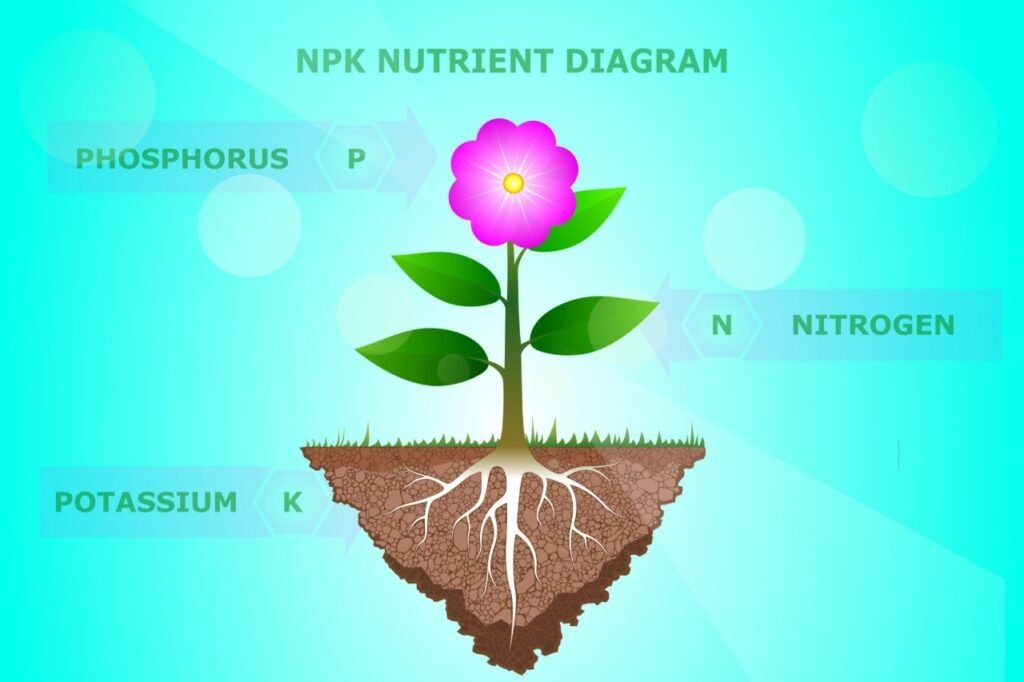
Just like people need a balanced diet, plants need the right mix of nutrients to grow well. The house and garden feed chart tells you exactly how much of each nutrient, like nitrogen (N), phosphorus (P), and potassium (K), your plants need. This stops them from getting too much or too little, which can be bad for their health.
Feeding at the Right Time:
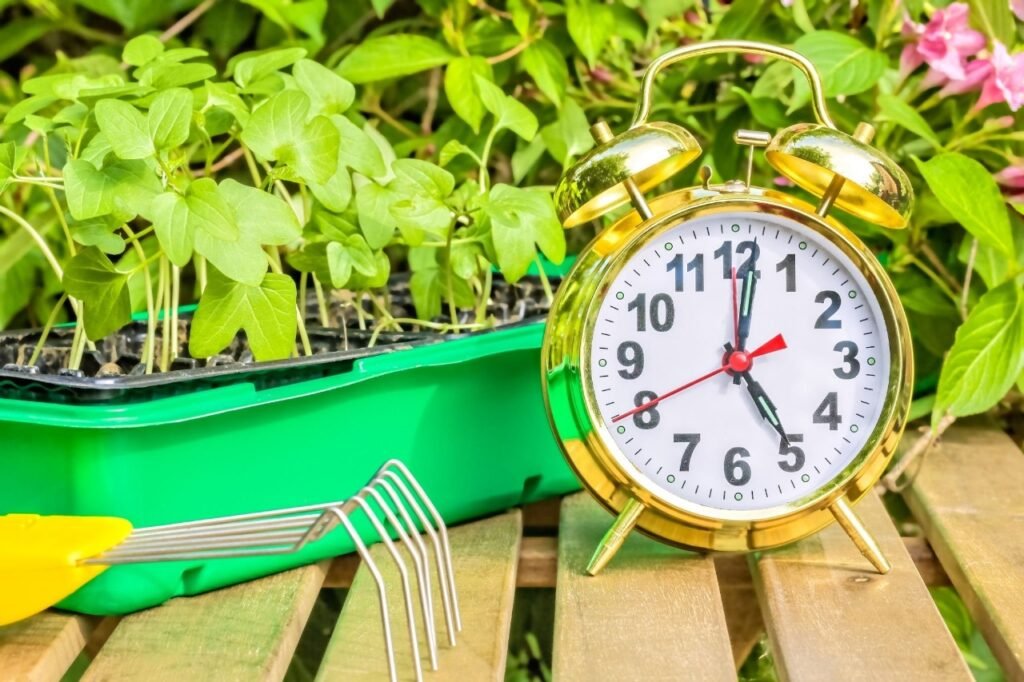
Different stages of a plant’s life need different kinds of food. For example, when a plant is just starting to grow leaves, it needs more nitrogen. But when it’s making flowers or fruits, it needs more phosphorus and potassium. The house and garden feed chart makes sure your plants get the right food at the right time.
Benefits of Following a House and Garden Feed Chart
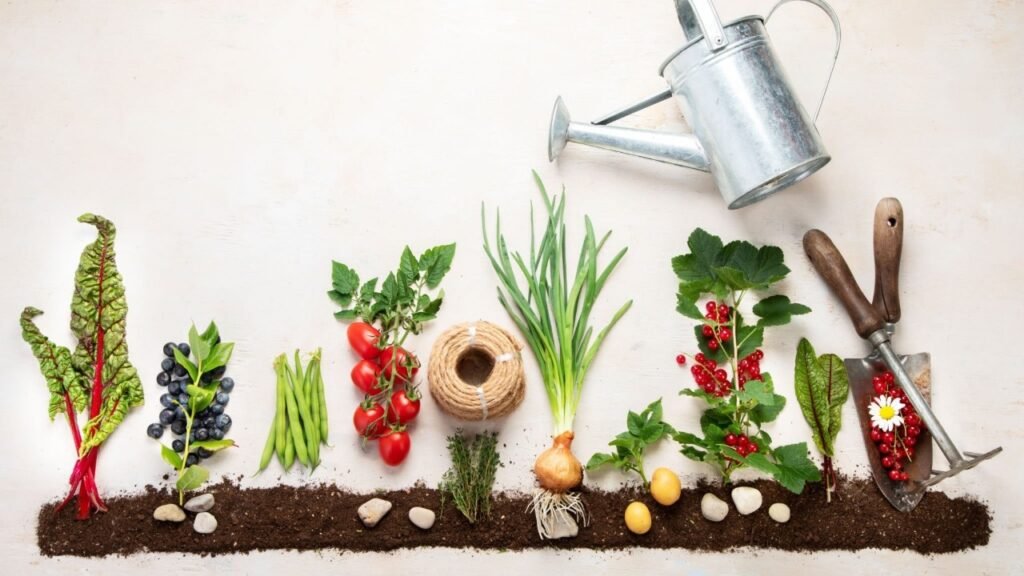
Using a house and garden feed chart brings many important benefits for gardeners:
Getting the Right Nutrients:
The house and garden feed chart gives clear instructions on what kinds and amounts of nutrients plants need at different stages. This helps ensure they get the right mix for healthy growth.
Avoiding Too Much or Too Little:
By following the chart, gardeners can prevent giving plants too many or too few nutrients. This helps avoid problems like stunted growth or weak plants.
Keeping Plants Strong and Healthy:
Providing the right nutrients at the right times supports strong growth, solid root development, and overall vitality. This means plants are healthier and can handle challenges better.
Getting More and Better Produce:
Following the house and garden feed chart leads to bigger yields and better quality fruits, veggies, or flowers. This is especially important for a successful harvest.
Reducing the Risk of Harmful Nutrient Levels:
Giving plants too much food can be harmful. The house and garden feed chart helps by giving safe guidelines on how much to use.
How to Implement a House and Garden Feed Chart is Confusing
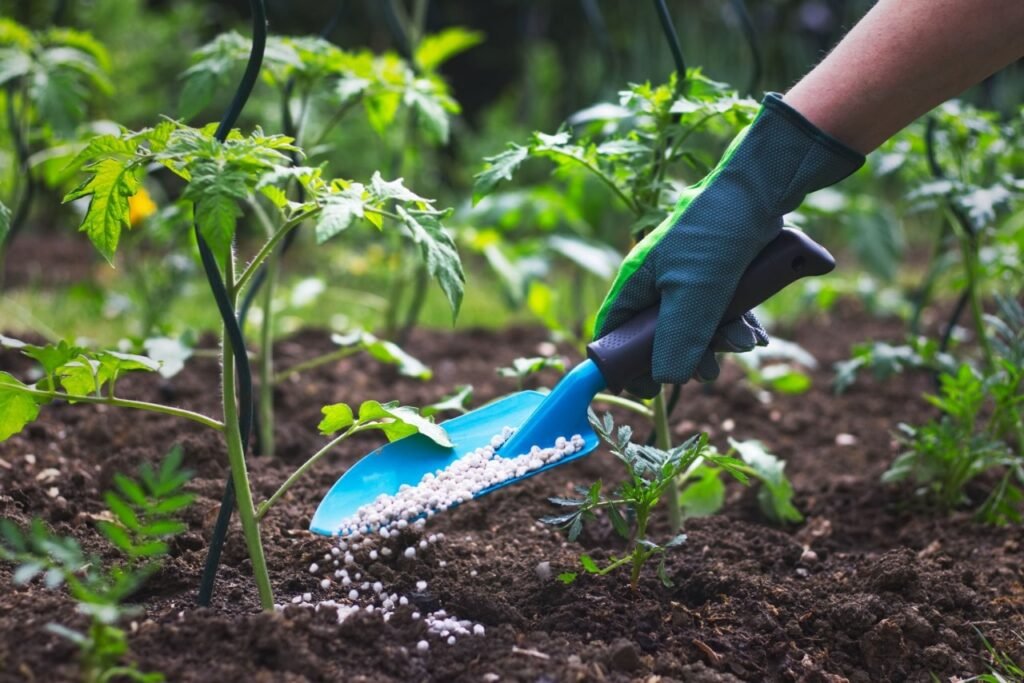
Using a house and garden feed chart might feel overwhelming at first, but with some careful steps, you can navigate it effectively. Here’s a step-by-step guide to help you get started:
Understand the feed chart:
Take your time to read and understand the house and garden feed chart. Get familiar with the different stages of plant growth and the nutrients they need.
Gather Your Supplies:
Get everything you’ll need, like the nutrients, measuring tools (like spoons or a scale), pH testing kit, EC/PPM meter, and a clean container for mixing.
Measure Nutrients Carefully:
Start by measuring the nutrients according to the chart’s recommendations. Be precise and follow the specified amounts for each stage.
Check and Adjust pH Levels:
Make sure the pH of your nutrient solution is within the recommended range (usually 5.5 to 6.5). This helps the plants absorb the nutrients properly.
Keep an Eye on EC/PPM Levels:
Measure the strength of your nutrient solution using an EC/PPM meter. Make sure it’s in the range suggested by the chart.
Adjust Concentration if Needed:
If the EC/PPM levels are too high or too low, you may need to adjust the concentration of the nutrient solution. This could mean adding more water or more nutrients.
Give Plants the Nutrient Solution:
Water your plants with the prepared nutrient solution. Make sure the roots get evenly soaked.
Watch How Your Plants Respond:
Keep a close eye on your plants after giving them nutrients. Look for signs of stress, like wilting or changes in color.
Keep a Record:
Write down what you do. Include how much nutrients you used, the pH levels, and any changes you make. This helps you remember what worked.
Make Adjustments if Necessary:
Based on what you see and the needs of your plants, be ready to make changes. This might mean adjusting nutrient amounts or pH levels.
Stay Consistent:
Try to stick to the house and garden feed chart’s schedule and amounts as closely as you can. This helps your plants grow well.
Ask for Help if You’re Confused:
If you’re not sure about something, don’t be afraid to ask experienced gardeners or look for advice online.
Remember, it might take some practice to get comfortable with this. As you get to know your plants and your garden better, you’ll get the hang of it. It’s okay to feel a bit confused at first, but with time, it will get easier.
Components of a House and Garden Feed chart
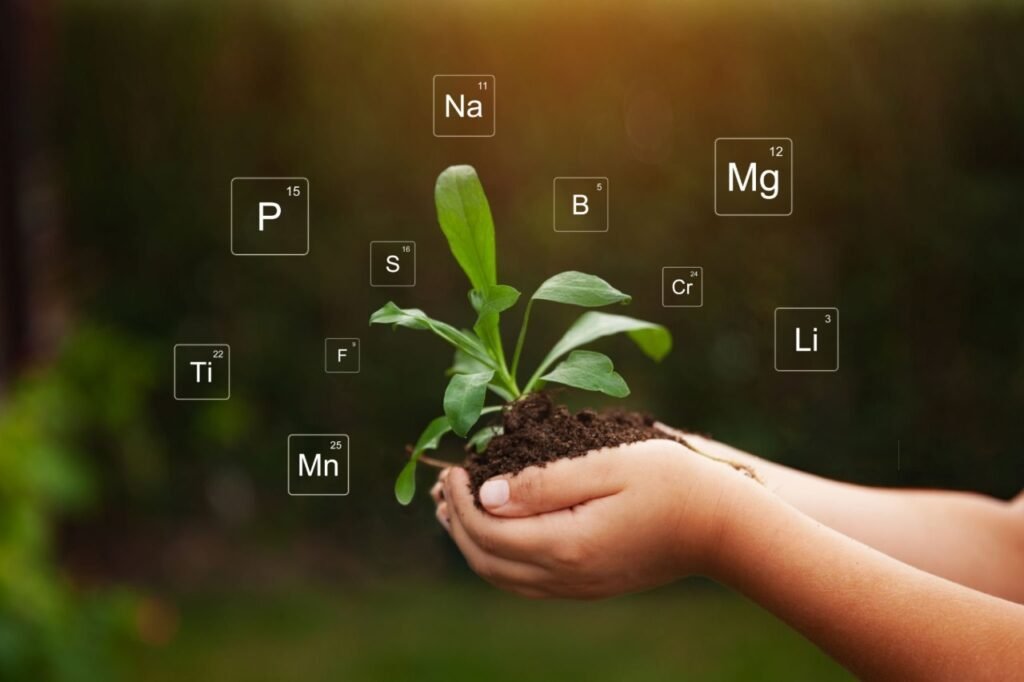
A house and garden feed chart is like a special plan that helps you know what nutrients and how much of them your plants need. It’s used for both indoor and outdoor plants. Here are the main parts you’ll find in this plan:
Plant Growth Stages:
Seedling/Cloning
Growing Leaves
Early Flowers
Middle of Flowering
Late Flowering
Ready for Harvest
Weeks or Days:
Shows how long each stage lasts and when to give the nutrients.
Types of Nutrients:
Important ones like Nitrogen (N), Phosphorus (P), and Potassium (K).
Other important ones are Calcium (Ca), Magnesium (Mg), and Sulfur (S).
Very small amounts of nutrients like Iron (Fe), Manganese (Mn), Zinc (Zn), Copper (Cu), and more.
How Much Nutrient to Use:
Tells you how many parts of nutrients to mix with water. It’s often measured in parts per million (ppm) or milliliters per gallon (ml/gal).
pH Levels:
Shows the right range for the mix of nutrients. Sometimes, you might need to change it a bit to help the plants take in the nutrients better.
EC or PPM Levels:
These measurements check how many minerals are in the nutrient mix. It’s important to keep it at the right strength.
How Often to Apply Nutrients:
Says how many times to give the nutrient mix to your plants. It could be every day, every other day, or once a week.
Extra Things for Plant Health:
This includes special products like helpful microorganisms, enzymes, or boosters that make plants grow better.
Special Notes or Comments:
A space for any extra information or advice about giving the nutrients.
Optional Flushing Schedule:
If needed, it tells you when and how to rinse the plants with plain water. This helps remove extra nutrients from the soil.
Remember, this plan isn’t the same for every plant or every situation. It depends on things like the type of plant, where it’s growing, and the kind of nutrients you have. So, it’s important to adjust the plan based on what your plants need.
Statistical Insights:

Here’s some simpler information about plant nutrients:
Nitrogen (N) Helps Leaves and Stems Grow:
Nitrogen is really important for making leaves and stems green and healthy. For best results, the soil should have about 2.5-3.5% nitrogen.
Phosphorus (P) is Great for Roots and Flowers:
Phosphorus does a lot to help roots grow strong and make pretty flowers. The soil should have around 0.4-0.7% phosphorus for best results.
Potassium (K) Protects Plants from Sickness:
Potassium is like a shield that helps plants fight off sickness and stress. It’s best to have about 1.5-2.5% potassium in the soil.
Tiny Nutrients Help Enzymes Work:
There are really small nutrients that help enzymes do their job in plants. For example, iron is super important for making plants green and helping them use sunlight.
Remember, these numbers are just guidelines. Different plants might need a bit more or less, and it’s good to keep an eye on how your plants are doing. If they need more help, you can adjust the nutrients accordingly.
Here’s the bar chart summarizing the dosage recommendations for “Aqua Flakes/Cocos/Hydro A & B” across the various growth stages:
The dosage starts at a lower level during the early stages, such as “Cuttings/Seedlings.”
There’s a steady increase in dosage as the plant progresses through its vegetative growth.
The highest dosage is recommended during the middle flowering weeks.
After reaching the peak, the dosage gradually decreases in the later flowering weeks.
This visual representation provides a clear understanding of how the nutrient needs vary across different growth stages. Adjusting the dosage as per the recommended chart can help in achieving optimal plant growth and yield.
House and Garden Feed Charts
Here’s an easy-to-follow plan for giving plant food called “Aqua Flakes/Cocos/Hydro A & B” at different stages of growth:
For Baby Plants (Cuttings/Seedlings):
Start with 2.5 mL of plant food.
As the Plant Grows Leaves (Vegetative Weeks):
Slowly use more plant food each week. By “VEG WEEK 2”, use 6 mL.
When the Plant Starts Making Flowers (Flowering Weeks):
Use the most plant food in “FLOWER WEEK 4”, which is 9.5 mL. Then, use a little less each week until “FLOWER WEEK 8” when you’ll use 7.5 mL.
This plan shows how much food the plant needs at different times. It’s important to change the amount based on how old the plant is. This helps the plant grow the best it can.
Now, here are some special plans for different types of plants:
For Tomatoes:
Nitrogen (N): 150 mg
Phosphorus (P): 50 mg
Potassium (K): 200 mg
Calcium (Ca): 80 mg
Magnesium (Mg): 30 mg
Iron (Fe): 1.5 mg
For Roses:
Nitrogen (N): 120 mg
Phosphorus (P): 60 mg
Potassium (K): 180 mg
Calcium (Ca): 70 mg
Sulfur (S): 40 mg
Manganese (Mn): 1.2 mg
For Lettuce:
Nitrogen (N): 160 mg
Phosphorus (P): 40 mg
Potassium (K): 160 mg
Calcium (Ca): 90 mg
Boron (B): 0.8 mg
Zinc (Zn): 1.0 mg
These plans give the right food for each type of plant. It helps them grow healthy and strong. Remember, it’s okay to adjust a bit based on how the plants are doing. Keep an eye on them!
Precautions about Implementing Your House and Garden Feed Chart
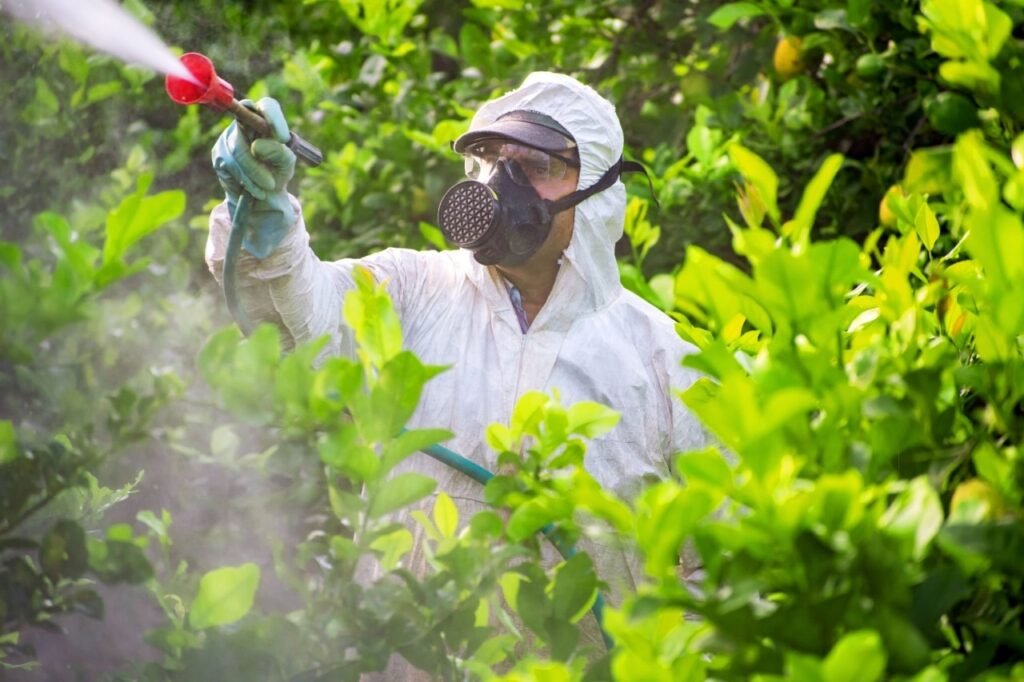
When using a house and garden feed chart for your house and garden, it’s important to be careful and pay close attention to details to make sure your plants grow well. Here are some important things to remember:
Read and Understand the Chart Thoroughly:
Before you start, make sure you understand the house and garden feed chart. Know what nutrients to use, how much, and how often for each stage of growth.
Double-Check Measurements:
It’s really important to measure the nutrients accurately. Use tools like spoons, cups, or a digital scale to be sure you get the right amounts.
pH and EC/PPM Monitoring:
Keep an eye on the pH levels of your nutrient mix. This helps the plants take in the nutrients properly. Also, check the EC or PPM levels to make sure the nutrient strength is right.
Avoid Using Too Much Nutrient:
Resist the urge to add extra nutrients. Using too much can harm the plants. Stick to the amounts in the house and garden feed chart.
Start with Lower Concentrations:
If you’re not sure how strong your nutrient mix should be, it’s safer to start a bit weaker and increase if needed.
Use Good Quality Water:
Make sure the water you use is clean and doesn’t have too many impurities. Bad water can hurt your plants.
Check for Signs of Nutrient Problems:
Watch your plants closely for any signs that they might not be getting the right nutrients. This could be yellow leaves, slow growth, or strange colors on the leaves.
Adjust for Changes in the Environment:
If things like temperature or humidity change, your plants might need different amounts of nutrients. Be ready to change the house and garden feed chart.
Be Careful with Extra Products:
If you’re using other things like supplements, follow the instructions exactly. Using too much can be bad for your plants.
Don’t Mix Things that Don’t Go Together:
Some nutrients and products might not work well together. Always follow what the manufacturer says and be careful when using different things.
Write Down What You Do:
Keep a record of how you give nutrients to your plants. Write down the amounts, how often, and any changes you make. This can help you in the future.
Clean Out Extra Nutrients if Needed:
If your plants seem to have too many nutrients, flush them with plain water. This helps get rid of the extra.
Watch How Your Plants Are Doing:
Pay close attention to how your plants are growing. If they don’t look right, you might need to change how you’re giving them nutrients.
Remember, every plant and place where they grow is different. So, it’s important to watch and give them what they need based on how they’re doing. Following the house and garden feed chart and keeping a close eye on your plants will help them grow their best.
Implementing Your House and Garden Feed Chart
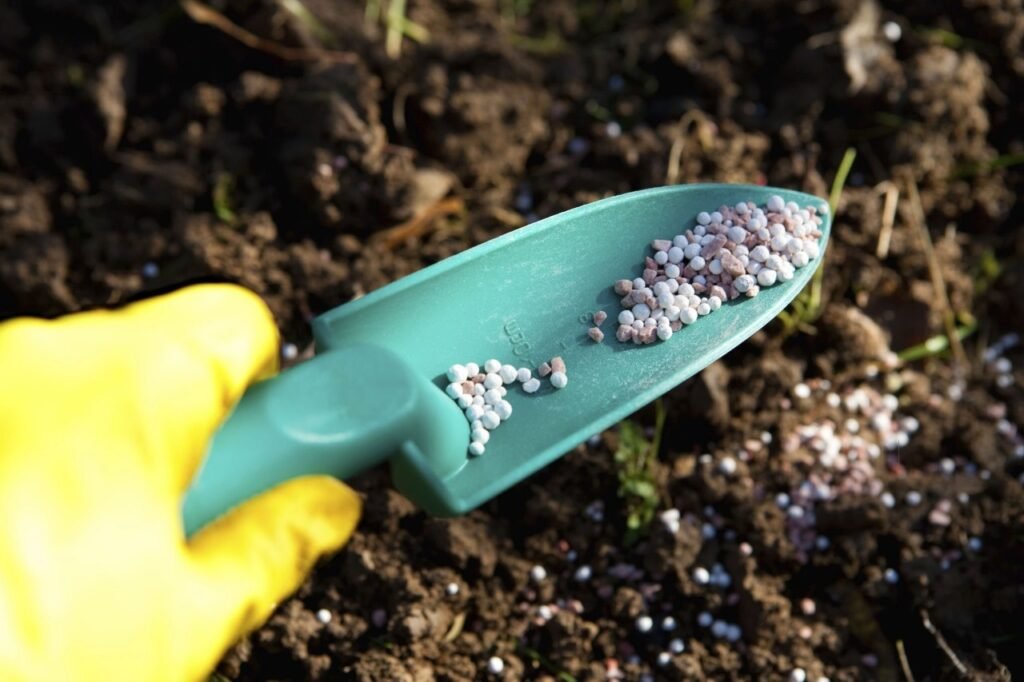
Following your house and garden feed chart is important for your plants. Here’s how to do it:
Measurements and Mixing:
For every gallon of water, carefully measure and mix the amounts of nutrients and supplements from your house and garden feed chart.
Ways to Apply:
Decide if your plants need nutrients on their leaves, in the soil, or both. Each way has its benefits, depending on what your plant needs.
Keep an Eye on Your Plants:
Check your plants often for signs that they might not be getting the right nutrients. If you see any problems, change your house and garden feed chart to help them.
Remember, giving your plants the right nutrients is important for them to grow well. Keep an eye on them and make changes if you need to.
Cultivating a Flourishing Garden with House and Garden Feed charts
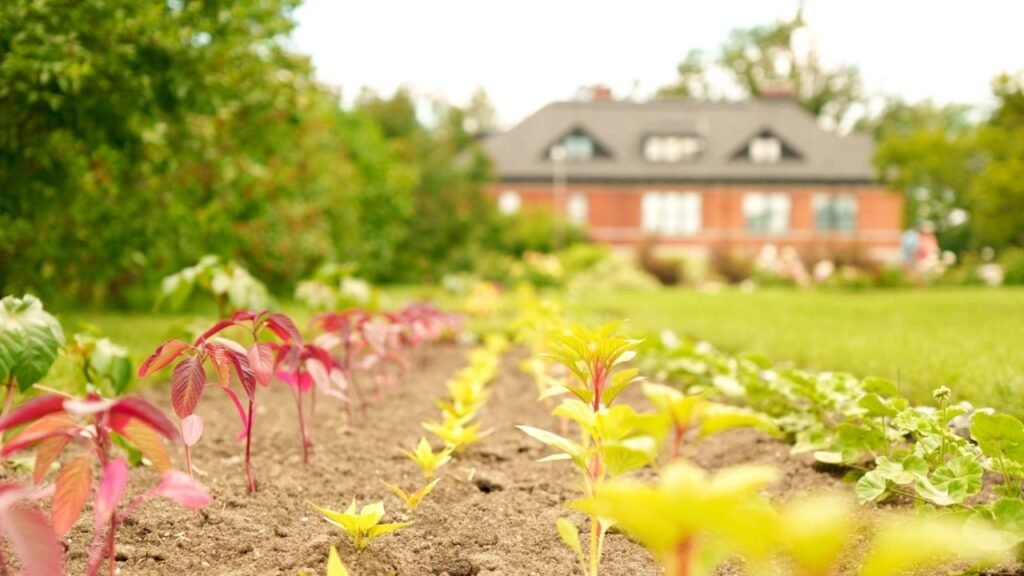
A house and garden feed chart is like a special plan that helps your garden grow really well. It gives you a schedule that says when to give your plants the right food and how much. This plan is made to fit different stages of growth, from when the plants are just starting, like little babies, to when they’re all big and strong.
Plants need different kinds of nutrients to grow, like nitrogen, phosphorus, and potassium. These are like special vitamins for plants. There are also other important nutrients like calcium, magnesium, sulfur, and tiny bits of things like iron, manganese, and zinc.
Following this plan is really helpful for your plants:
Makes Sure Plants Get the Right Nutrients:
It gives the right amount of each nutrient at each stage, which helps plants grow strong and healthy.
Avoids Giving Too Much or Too Little:
It stops you from giving too much or too little food, which can make plants grow slowly or have problems.
Keeps Plants Healthy and Strong:
It helps plants grow big and strong, with good roots and lots of energy.
Makes More and Better Fruits and Vegetables:
By giving the right food, it helps plants make more and better fruits, veggies, or flowers.
Keeps Plants Safe from Too Much Food:
It makes sure you don’t give too much food, which can hurt plants. It’s like giving them the right amount of medicine.
Keeps Things Steady and Not Too Surprising:
It makes sure plants get the same amount of food all the time. This helps them not get stressed from sudden changes.
Saves You Time and Makes Growing Easier:
It helps you know exactly what to do, so you don’t have to guess. This makes growing plants easier and faster.
Helps You Fix Problems:
If your plants don’t look right, this plan can help you figure out what’s wrong and how to fix it.
Writes Down What You Do:
It helps you remember what you did so you can do it even better next time.
Makes Special Plans for Different Plants:
It gives different plans for different kinds of plants because they need different things to grow their best.
So, this special plan is really important for making your garden full of healthy and happy plants. Just follow the plan, and your garden will be amazing!
Conclusion:
The house and garden feed chart is like a trusted friend for every gardener. It gives a clear plan to help your garden grow beautifully. This plan is made just for your plants, from when they’re tiny to when they’re big and full of life.
Following the house and garden feed chart brings so many good things. It helps your plants grow healthy and gives you more and better fruits and vegetables. It keeps your plants safe from getting too much food and makes sure they get the same amount all the time. It also saves you time and helps you fix any problems.
Remember, every plant is different, and the house and garden feed chart knows that. It helps you take care of each plant just the way it needs. It’s not just a tool; it’s a sign of how much you care and how much you know about gardening.

